Posts
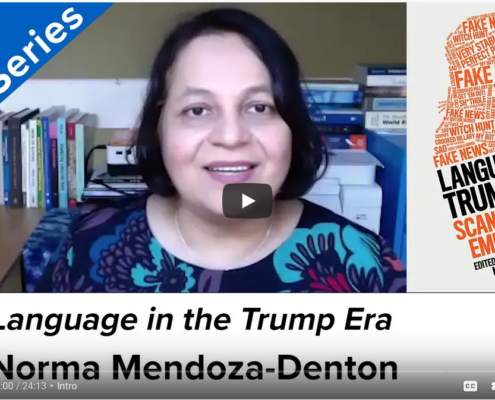
LA Social Science Book Series on Language in the Trump Era with Dr. Norma Mendoza-Denton
In the latest interview in the book series, Dr. Norma Mendoza-Denton,…
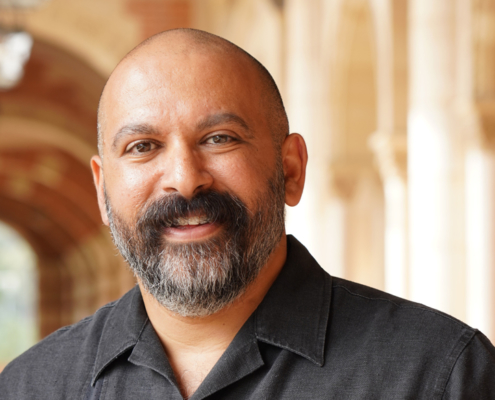
Challenging the Problematic Description of Being “Articulate While Black”
Dr. H. Samy Alim, UCLA Professor of Anthropology and David O.…
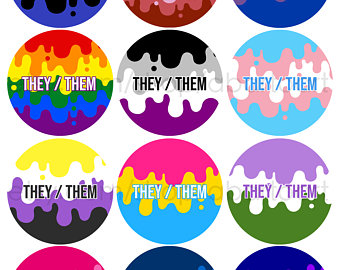
A New Perspective on Gender Neutrality…Continued
UCLA professors Abigail C. Saguy and Juliet A. Williams recently…

Growing Up Bilingual in Multilingual Los Angeles
By Lilit Ghazaryan UCLA Graduate Student, Department of…
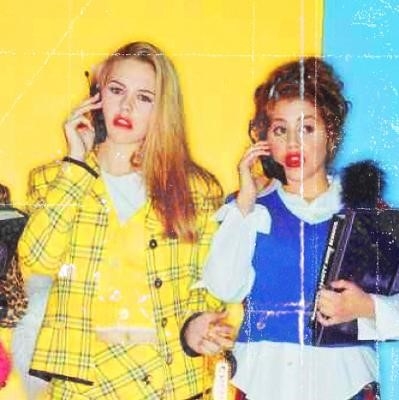
What Does the L.A. Valley Girl Stereotype Say About Language and Power?
By Tyanna Slobe PhD student, Linguistic Anthropology,…
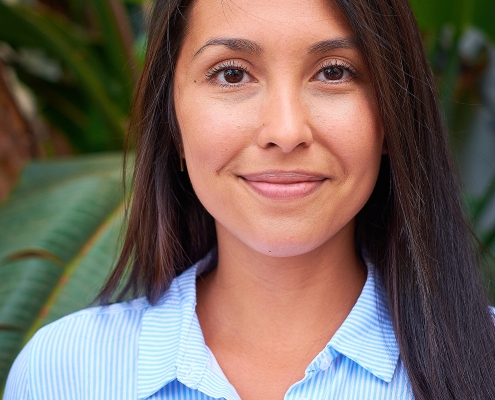
Word of Mouth: What an LA Auditory-Verbal Preschool Classroom Is Teaching Me About Spoken Language Development
By Kristella Montiegel PhD Student, Sociology, UCLA It’s…
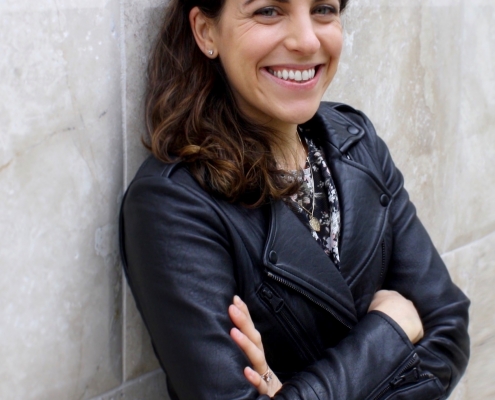
UCLA Sociologist Aliza Luft Writes About the Danger of Dehumanizing Discourse
Dr. Luft co-authored a blog piece for The Washington Post's…

